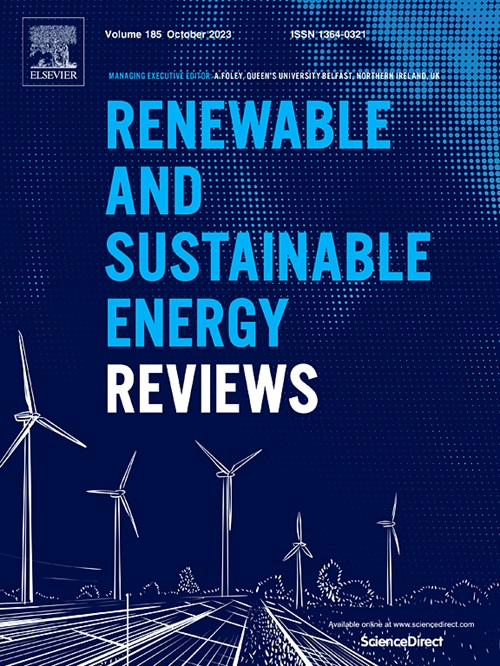Increasing the efficiency of water electrolysis with the application of pulsing electric fields
IF 16.3
1区 工程技术
Q1 ENERGY & FUELS
引用次数: 0
Abstract
Due to hydrogen's beneficial characteristics as a sustainable energy carrier, the application of pulsing electric fields has been researched for its effectiveness during water electrolysis. Although there have been conflicting findings on the benefits of the application of pulsing electric fields, this research highlights the potential it has to enhance the efficiency of water electrolysis while providing clarity on past discrepancies. This research achieves this by identifying distinctive energy flow profiles that result from various power input waveforms, along with subsequent hydrogen production rates and efficiencies, while also utilising a novel method of measuring the capacitance of the electrolyte to detect shifts in the molecular energy. The results indicate that pulsing electric fields can increase efficiency by up to 20 % or decrease efficiency by over 40 %, depending on the energy flow profiles of the electrical, molecular, and electrochemical dynamics. Furthermore, the use of pulsing electric fields also enabled load adaptability by allowing the electrolyser to operate effectively throughout a range of power inputs. For example, the power input could be increased to cause a 279 % increase in hydrogen production without compromising efficiency; while conversely enabling electrolysis at >65 % efficiency using power input levels which were otherwise too low to drive electrochemical reactions. This study provides another step towards making renewable hydrogen viable as a sustainable energy carrier by identifying factors which influence and are influenced by changing electrical, molecular and electrochemical dynamics, while also providing a foundation for further research into more efficient use of energy to produce hydrogen gas.
利用脉冲电场提高电解水的效率
本文章由计算机程序翻译,如有差异,请以英文原文为准。
求助全文
约1分钟内获得全文
求助全文
来源期刊

Renewable and Sustainable Energy Reviews
工程技术-能源与燃料
CiteScore
31.20
自引率
5.70%
发文量
1055
审稿时长
62 days
期刊介绍:
The mission of Renewable and Sustainable Energy Reviews is to disseminate the most compelling and pertinent critical insights in renewable and sustainable energy, fostering collaboration among the research community, private sector, and policy and decision makers. The journal aims to exchange challenges, solutions, innovative concepts, and technologies, contributing to sustainable development, the transition to a low-carbon future, and the attainment of emissions targets outlined by the United Nations Framework Convention on Climate Change.
Renewable and Sustainable Energy Reviews publishes a diverse range of content, including review papers, original research, case studies, and analyses of new technologies, all featuring a substantial review component such as critique, comparison, or analysis. Introducing a distinctive paper type, Expert Insights, the journal presents commissioned mini-reviews authored by field leaders, addressing topics of significant interest. Case studies undergo consideration only if they showcase the work's applicability to other regions or contribute valuable insights to the broader field of renewable and sustainable energy. Notably, a bibliographic or literature review lacking critical analysis is deemed unsuitable for publication.
 求助内容:
求助内容: 应助结果提醒方式:
应助结果提醒方式:


